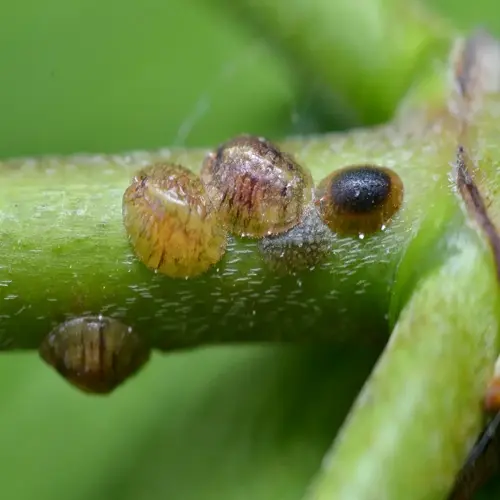What makes stem cuttings the easiest propagation method?

Written by
Liu Xiaohui
Reviewed by
Prof. Samuel Fitzgerald, Ph.D.Taking stem cuttings is the most uncomplicated garden propagation method. All you need is sterilized pruning shears and a supply of pots. I teach inexperienced people how to use cuttings taken from basil and mint. You get a success ratio of 80% or more if the method is carried out properly. It is far superior to any other method.
The availability of basic equipment makes taking stem cuttings a viable option. Use ordinary scissors instead of special tools. Old yogurt containers can be repurposed as convenient planting containers. You don't need expensive rooting hormones. My first cuttings rooted in glass jars. You can get started on propagation at once without the necessity of an investment.
Placement of the node is the chief factor of success. Cut just below the leaf joints, where the roots will emerge. Always have at least two nodes. You will want to remove the lower leaves to prevent them from rotting. I mark the nodes with tape to keep them in sight. Sprouts made in this way will make roots grow much quicker.
Accessibility Factors
- Requires only basic household tools
- Works with common recyclable containers
- No specialized knowledge needed initially
Speed Benefits
- Roots visible within 7-14 days
- Faster than seed germination cycles
- Ready for transplant in 3-4 weeks
Versatility Edge
- Effective for hundreds of plant varieties
- Works in water or soil mediums
- Adaptable to indoor and outdoor settings
Managing moisture increases success rates. Protect cuttings under simple plastic bags, or use a small greenhouse. I ventilate them once per day, keeping the foliage dry and preventing mold from forming in the bags. My basil cuttings are doing exceptionally well using this approach. You are recreating a professional environment using household items.
Many plants respond very well to this treatment. Mint roots almost instantly. Pothos react to water in no time. Coleus does better in ordinary soil. I propagate dozens from one parent. You multiply collections by the dozens.
Troubleshooting remains straightforward. Rotting stems signal overwatering. Wilting indicates low humidity. Yellow leaves suggest light issues. I diagnose problems visually. You correct the course easily compared to advanced techniques.
Beginners gain confidence rapidly. First successes motivate further experimentation. I started with one mint cutting. Now propagate dozens of species. You build skills progressively through this foundational method.
Read the full article: 7 Essential Plant Propagation Techniques Explained

